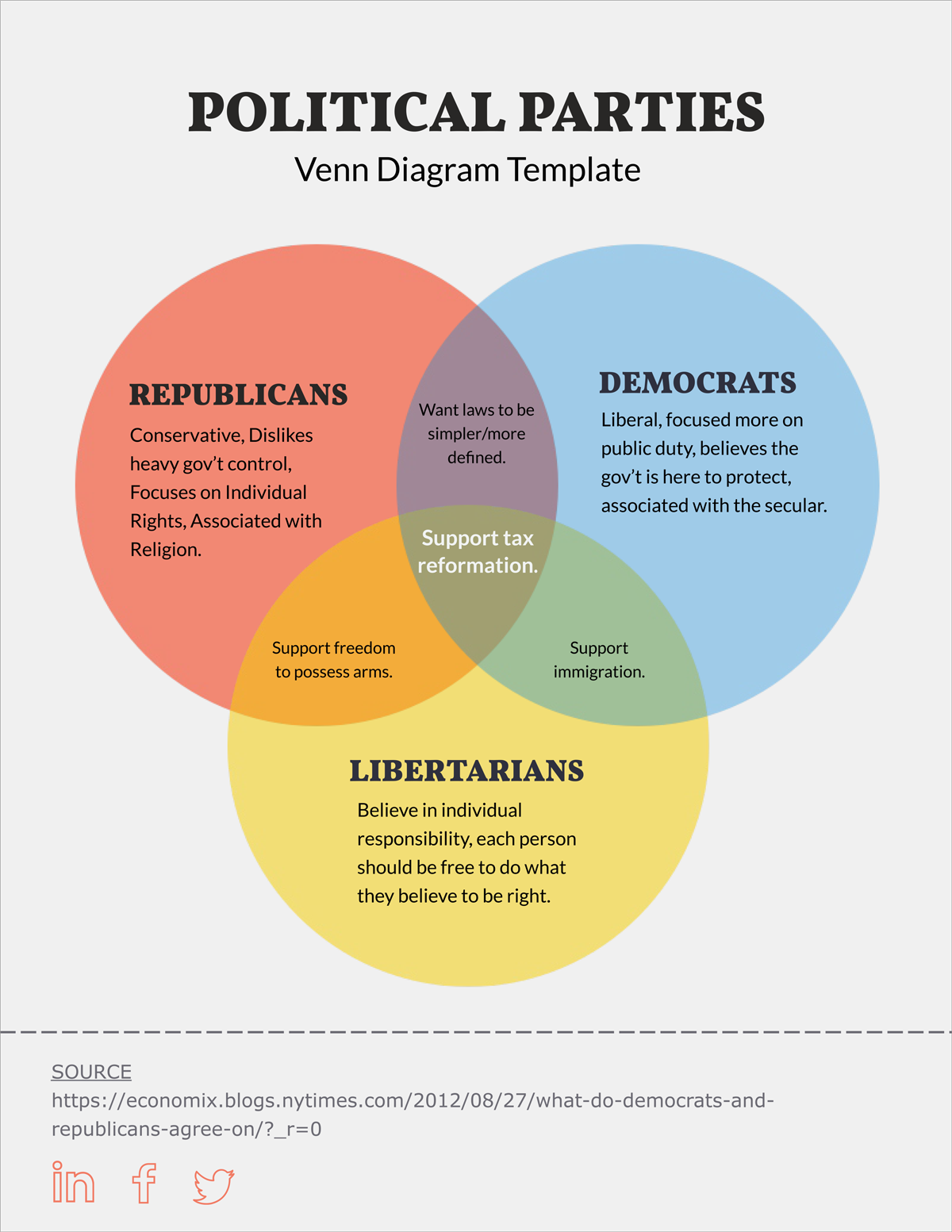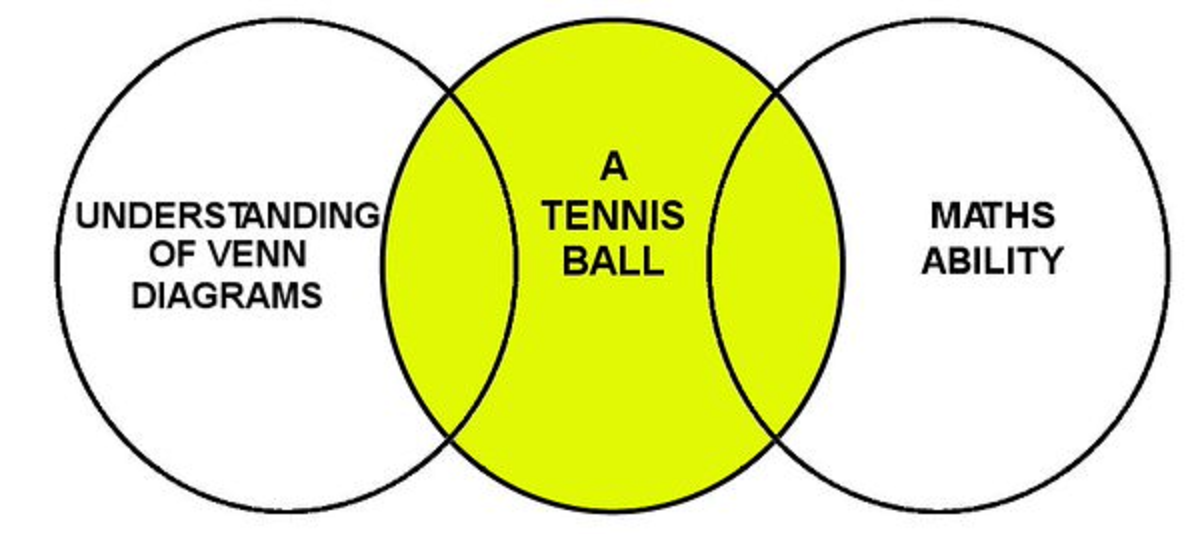
To diagram the second premise of the second example-which, because it is universal, must be diagrammed first-one shades the part of M (“mammals”) that does not intersect A (“animals”). Because the conclusion is represented by the shading in the intersection of G and I, the syllogism is valid.

To diagram the premises of the first syllogism, one shades the part of G (“Greeks”) that does not intersect H (“humans”) and the part of H that intersects I (“immortal”). Therefore, some sages are not soothsayers. Three examples of categorical syllogisms are the following.Īll Greeks are human. If, after both premises are diagrammed (the universal premise first, if both are not universal), the conclusion is also represented, the syllogism is valid i.e., its conclusion follows necessarily from its premises. A common practice is to label the circles with capital (and, if necessary, also lowercase) letters corresponding to the subject term of the conclusion, the predicate term of the conclusion, and the middle term, which appears once in each premise. Three-circle diagrams, in which each circle intersects the other two, are used to represent categorical syllogisms, a form of deductive argument consisting of two categorical premises and a categorical conclusion. “No S are P,” the universal negative, is represented by shading the intersection of S and P “Some S are P,” the particular affirmative, is represented by placing an x in the intersection of S and P and “Some S are not P,” the particular negative, is represented by placing an x in the part of S that does not intersect P. The proposition “All S are P,” called the universal affirmative, is represented by shading the part of the circle labeled S that does not intersect the circle labeled P, indicating that there is nothing that is an S that is not also a P. Such propositions consist of two terms, or class nouns, called the subject (S) and the predicate (P) the quantifier all, no, or some and the copula are or are not. Two-circle Venn diagrams are used to represent categorical propositions, whose logical relations were first studied systematically by Aristotle.

SpaceNext50 Britannica presents SpaceNext50, From the race to the Moon to space stewardship, we explore a wide range of subjects that feed our curiosity about space!Ī-B-C, 1-2-3… If you consider that counting numbers is like reciting the alphabet, test how fluent you are in the language of mathematics in this quiz.Learn about the major environmental problems facing our planet and what can be done about them!

#Venn diagrams how to
COVID-19 Portal While this global health crisis continues to evolve, it can be useful to look to past pandemics to better understand how to respond today.Student Portal Britannica is the ultimate student resource for key school subjects like history, government, literature, and more.This Time in History In these videos, find out what happened this month (or any month!) in history.#WTFact Videos In #WTFact Britannica shares some of the most bizarre facts we can find.Demystified Videos In Demystified, Britannica has all the answers to your burning questions.Britannica Explains In these videos, Britannica explains a variety of topics and answers frequently asked questions.Britannica Classics Check out these retro videos from Encyclopedia Britannica’s archives.


 0 kommentar(er)
0 kommentar(er)
